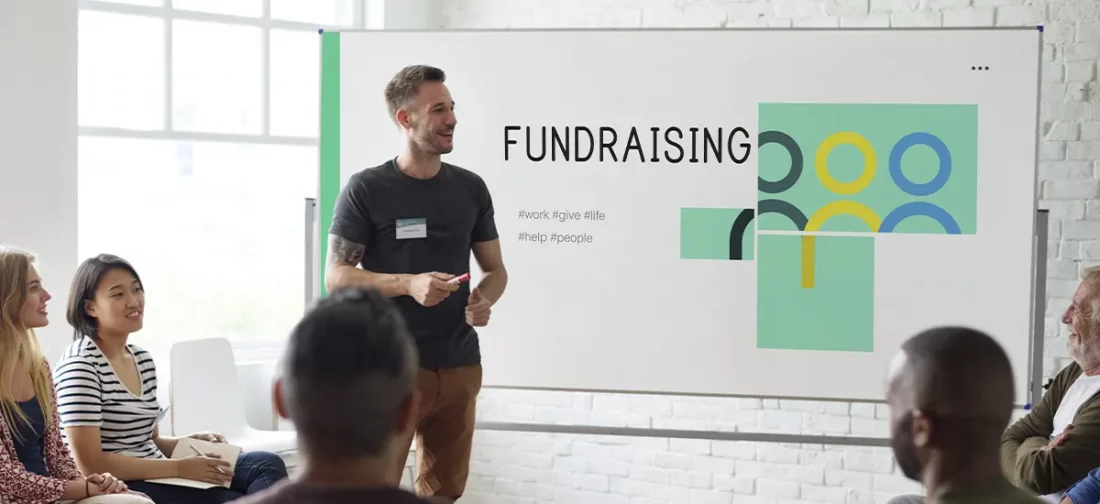
Jump to:
As is the case with every new year, in January 2020 I was full of hope, optimism, and resolutions that would predictably evaporate by January 14th. By the time March rolled around, the comfort and familiarity of my day-to-day life were well and truly established and talk of the virus overseas was nothing more than a murmur. And then the world came to an abrupt and jarring stop.
The rest of the year melted together, and as the calendar pages tore away the news kept getting worse. I very clearly remember waking up most days wondering what unforeseen hell would suddenly show up on my social media newsfeeds. January 2020-Me could have never seen this coming. But even if January 2020-Me was handed a crystal ball that played a highlight reel of what the rest of the year had in store, I’m not sure she’d have believed it. Nor would she have known how to prepare for it.
Today, with new cases on the rise yet again, and the threat of a Delta-variant-driven 4th wave becoming ever more the reality, it’s like deja vu all over again. There is an ongoing tug of war between hopelessness and optimism with each swell of bad news vs. good news. How are we supposed to navigate these ever-changing tides?
Adjusting to a New Norm
Back when lockdown measures commenced, and industry after industry hit pause on their usual business practices, the frantic scramble to maintain any sort of normalcy began. Lockdown measures and social distancing meant initiating some significant changes to operations across the board, which left many sectors struggling.
In particular, the nonprofit sector which traditionally relied on galas, concerts, marches, and other efforts that required a gathering of more than two separate households, really had to innovate to keep doing what they do.
The effects of the pandemic were felt differently by each nonprofit, and while some did rather well (mainly in the medical and social services arenas), others like arts foundations, community theatres, and those that support people facing difficult realities like food and housing insecurity suffered. Regardless, according to a recent Forbes article, a nearly unanimous 97% of nonprofits agreed that they need a better response plan. We are by no means out of the woods just yet, but how can we use what we now know to help avoid tragedy in the face of the next global disruptive event?
Future-Proofing the Nonprofit Sector
In an article for Rockefeller Philanthropy Advisors, contributor Mae Hong suggests a three-phase approach:
- Phase 1: Funding for survival. Historically, this is the phase where most nonprofits excel. Generally, in times of crisis, we rally regardless of cultural, political, or financial background, the impulse to help the most vulnerable kicks into high gear. So, when catastrophe strikes, the priority leans towards gathering relief for those most in need, and here is where the nonprofit sector reaches its abundance.
- Phase 2: Funding for rebuilding. Here is where the abundance dwindles. The urgency of the crisis has lessened, and many donors believe their job has been done. The reality of this phase is that this is where nonprofits must regroup, and funding is still very much needed to stay afloat: lost proceeds and ticket sales from canceled events need to be replenished, staff needs to be rehired, etc.
- Phase 3: Funding for resilience. This would be the hardest phase to fund. Here the shift must go from stopping the leak, towards building a better boat to be ready for the next flood. And that is a hard sell for nonprofits and it’s difficult for organizations to keep financial reserves, as donors won’t support them if they have too much in the bank; staff must suffer poor pay because funders don’t want to support salaries. Yet without this support, resilience following a major event declines, and the organizations are expected to somehow be ready for the next one on their own.
Inside Philanthropy suggested a seven-pronged impact recovery approach for organizations that support the arts, but it can honestly translate to nearly any nonprofit. The article is fantastic and goes into greater detail than I can here, but these are the basics:
- Build a Stronger Streaming Presence. This should be obvious: if we can’t go to the theater, let’s bring the theater to us. This prong is all about adapting to new accessibility.
- Support Virtual Operations. With many organizations forced into Work From Home (WFH) situations, will there still be a need for lavish offices post-pandemic? For some, yes of course, but nonprofits that scale back should not lose out for lack of a fancy lobby with water service.
- Guide Efforts to Better Articulate Impact. Donors should be more aware of the actual value the arts add to their communities. Remember back at the beginning, when we were all done baking banana bread and watching Stanly Tucci making cocktails, how everyone went out on their balconies to play instruments together? That was art impacting community.
- Double-down on Advocacy. Piggybacking on the previous prong, organizations and donors should take advantage of the current captive audience to promote just how valuable these nonprofits are.
- Recruit New Advocates. The trend more recently is that organizations delivering basic/essential needs have seen more money being donated, but it’s coming in from fewer people. This prong strives to engage the next generation of donors, thus expanding the nonprofits’ donor bases.
- Solve the Inequity Dilemma. This prong aims to balance the distributions of funds and streamline access to support during times of uncertainty.
- Loosen Up. This prong would give more flexibility to the individual organization as to how to spend the funding received. General Operating Funding would allow for a better distribution within the organization.
Riding Out the Storm
In the meantime, it will likely be a while yet before we can once again gather to raise funds for the causes, institutions, and organizations that are most important to us. Luckily CauseVox has compiled a list of innovative, out-of-the-box ideas that nonprofits can use to continue to collect during what is hopefully the tail end of the pandemic. Everything from donation matching drives to online games tournaments, to live-streaming events.
Immanuel Kant has been quoted as saying, “It is beyond a doubt that all our knowledge begins with experience.” While we certainly cannot predict what comes next, we can still take what we have learned this past year to better prepare ourselves for whatever comes next as we enter the uncertain future. No crystal balls necessary.
Your Future Proof Guide
While not a crystal ball, Sekure’s Future Proof Business Guide can help non-profit boards to optimize fundraising efforts by better leveraging the POS system they already have to gain insights into their donors and organization.













